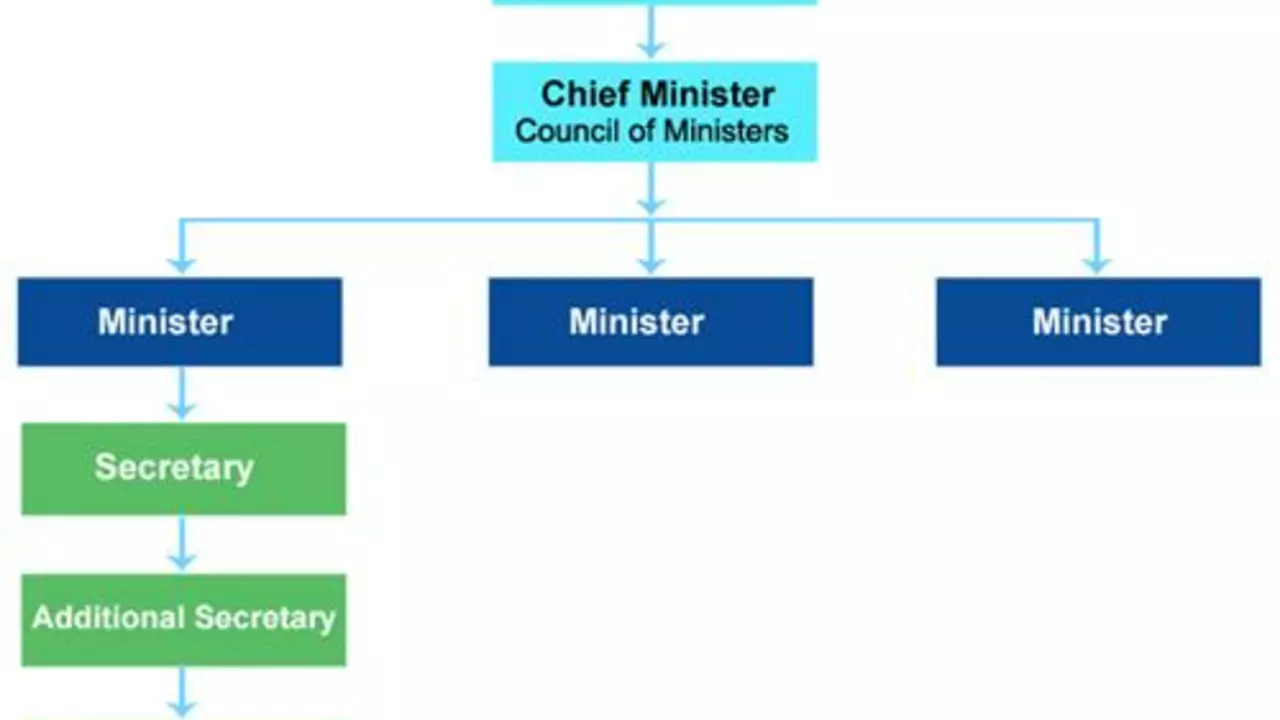Indian Government Structure – What Every Job Seeker Should Know
Looking for a stable, respectable job? The Indian government offers thousands of posts, but they’re spread across a maze of ministries, departments, and levels. Knowing how the system is built helps you target the right vacancy and saves you endless scrolling.
Union Level – Ministries and Departments
The Union (central) government sits at the top of the pyramid. It’s made up of three branches: the President, the Parliament, and the Executive. Most jobs you see on our site—IPS, IAS, railways, defence, railways—are under the Executive, which is headed by the Prime Minister and a cabinet of ministers.
Each minister runs a ministry (think Ministry of Finance, Ministry of Home Affairs, Ministry of Health). Inside a ministry are several departments that handle specific tasks. For example, the Ministry of Health contains the Department of Health & Family Welfare, which hires doctors, health inspectors, and policy analysts.
When a vacancy is announced, the notice will mention the ministry and the department. Spotting this info early tells you what qualification you need and which exam you’ll sit for—like UPSC for the IAS, or SSC for junior posts.
State & Local Levels – Where State Jobs Live
India has 28 states and 8 Union territories, each with its own government mirroring the Union’s three‑branch setup. State ministries (Education, Transport, Agriculture, etc.) run schools, highways, farms, and more. Jobs at this level—State PSC exams, police, teachers—are usually posted on state government websites.
Below the state level are district** and **municipal bodies**. District Collector offices, municipal corporations, and panchayats hire clerks, engineers, and field officers. These posts often have less competition than central exams but still require clear knowledge of the local administrative structure.
So, when you spot a vacancy, ask yourself: Is it Union, State, or Local? That determines the recruiting agency, the exam pattern, and the career ladder. Most aspirants start with the Union level because the prestige and pay scale are higher, then move to state roles for quicker promotion.
Finally, keep an eye on the public sector undertakings (PSUs) like ONGC, Indian Oil, and BHEL. Though technically under ministries, they have separate recruitment boards and often release exams through GATE or specialized tests.
Understanding this hierarchy turns a confusing list of job ads into a clear roadmap. Bookmark the ministries you’re interested in, follow their official portals, and align your preparation with the right exam. Good luck, and may your next application land you the job you deserve!
What are the various Ministries under the Government of India?
The Indian government is organized into numerous ministries, each overseeing a specific sector of public policy, government function, or economy. Key ministries include Finance, Defence, Home Affairs, External Affairs, and Human Resource Development, among others. Each ministry is headed by a minister who is a member of the Union Cabinet, and they are responsible for formulating and administering the rules and regulations and laws relating to their designated area. The ministries play a fundamental role in the functioning and governance of India, ensuring smooth operation across all sectors. The number and nature of ministries are subject to change based on the policies and priorities of the ruling party.
Read more